
Scientific expedition team conducts drilling operation on an existing borehole in the Larsemann Hills region of southeast Antarctic for the first time, Feb. 25, 2025. (Photo/CCTV)
(ECNS) -- China's scientific expedition team conducted drilling operation on an existing borehole in the Larsemann Hills region of southeast Antarctic for the first time, according to the 41st Antarctic expedition on Tuesday.
The team successfully obtained key data, including borehole temperature, tilt angle, azimuth, and changes in borehole diameter, providing a crucial foundation for understanding the evolution of the Antarctic ice sheet in the context of future climate change.
Previously, Chinese scientists successfully extracted samples of ice core and subglacial bedrock core by drilling through a 545-meter-thick ice sheet with self-developed equipment in the East Antarctic during the 40th Antarctic expedition.
The team obtained a complete temperature profile of the glacier's interior, measured the borehole's tilt angle and azimuth, and conducted continuous observations of its narrowing process. This provided important in-situ parameters related to glacier movement.
The Larsemann Hills region is located at the terminus of the Princess Elizabeth Land Ice Sheet and is an outflow area of the East Antarctic Ice Sheet.
The subglacial geological environment is a key factor influencing ice sheet movement. The study of subglacial lakes in this region is of significant importance for understanding ice sheet dynamics, sedimentary processes, subglacial geochemical cycles, as well as the evolution of life.














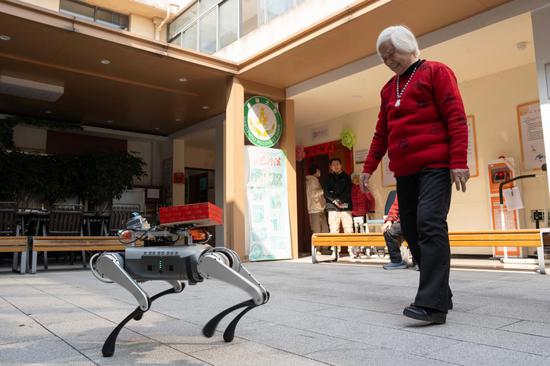


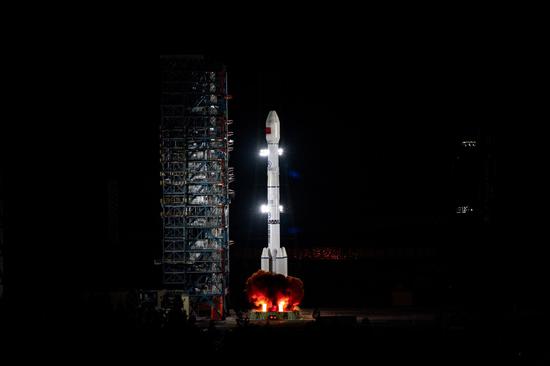

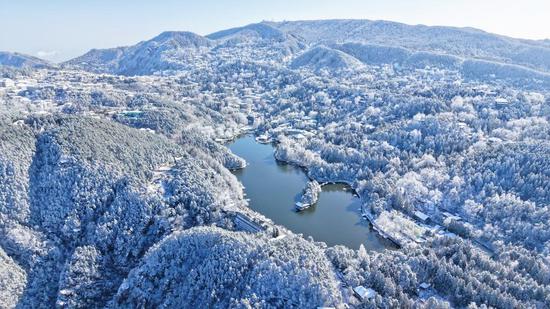


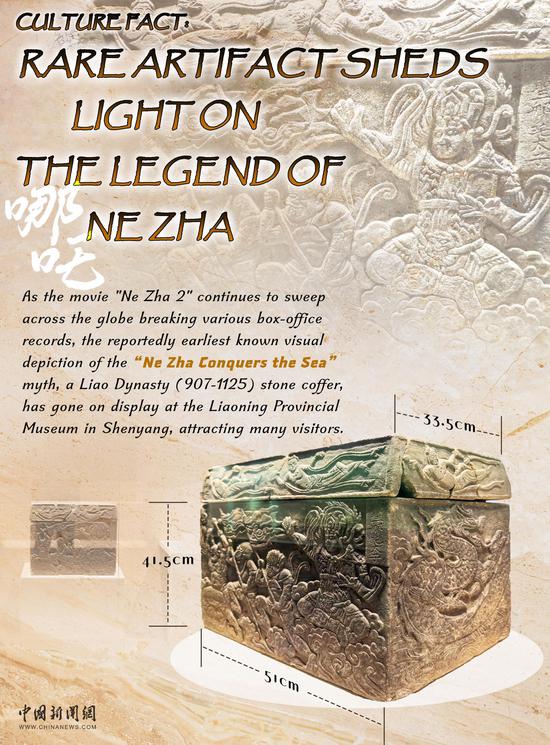




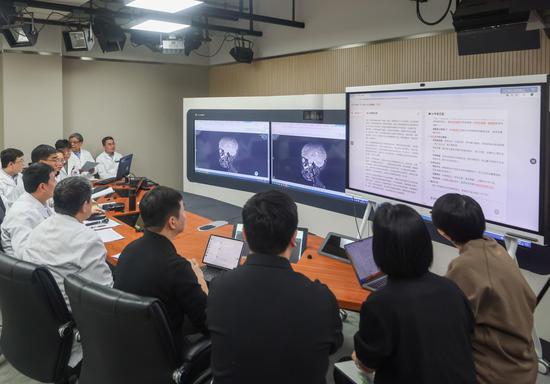
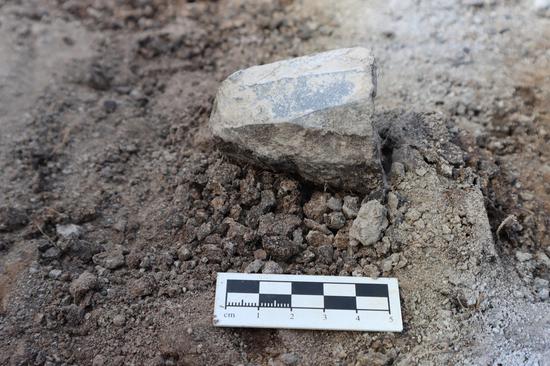




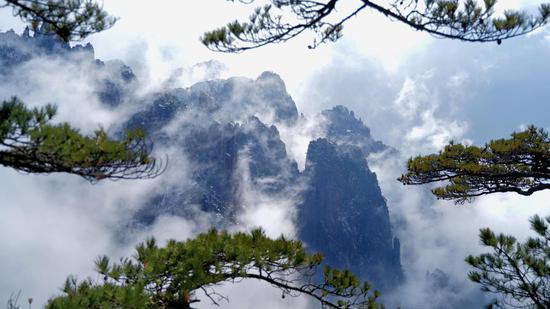
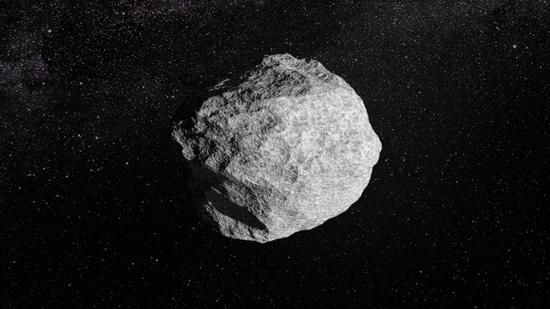


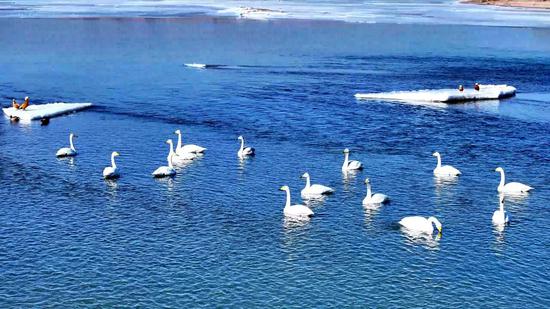

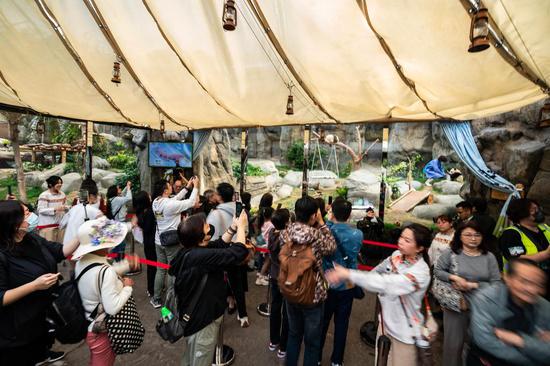


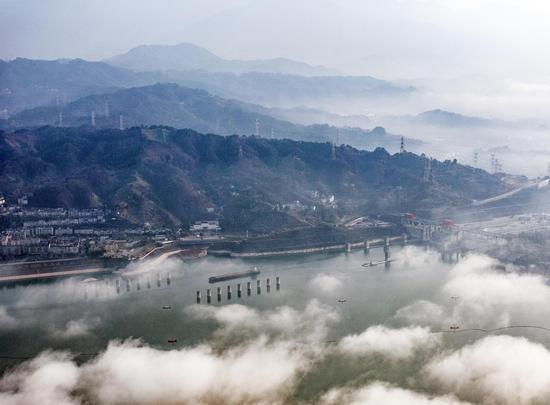



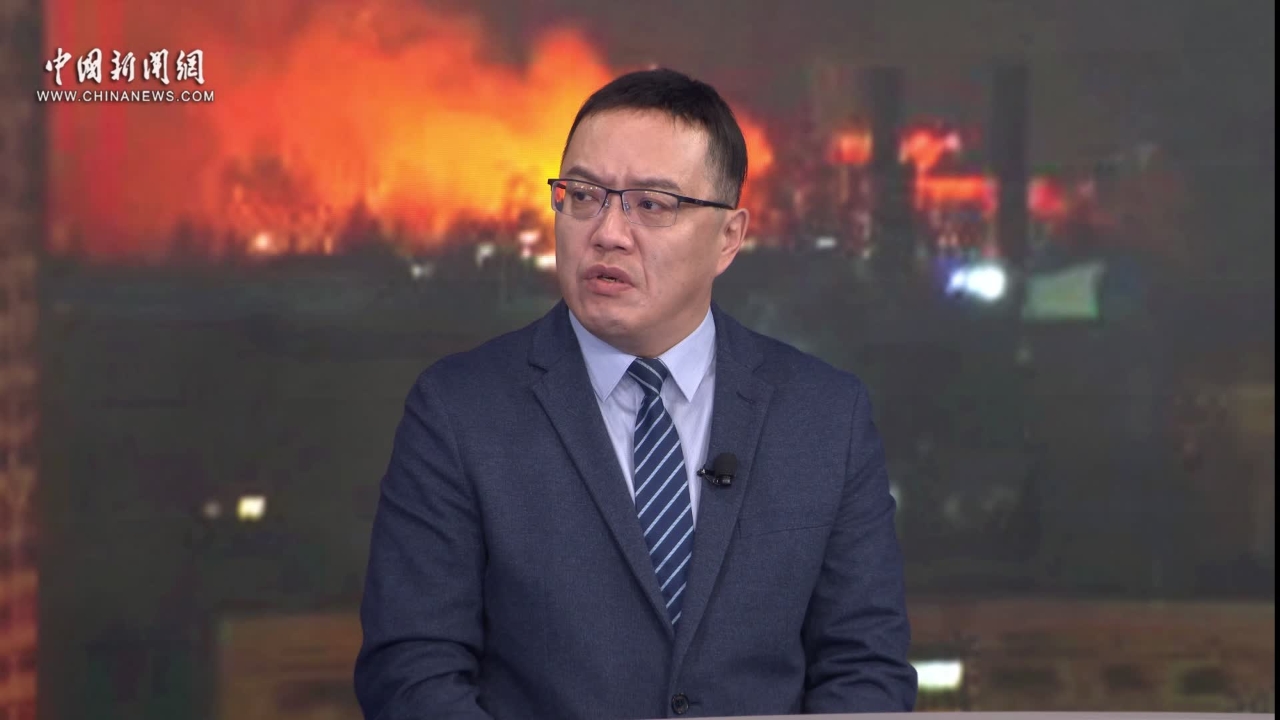



 京公網安備 11010202009201號
京公網安備 11010202009201號